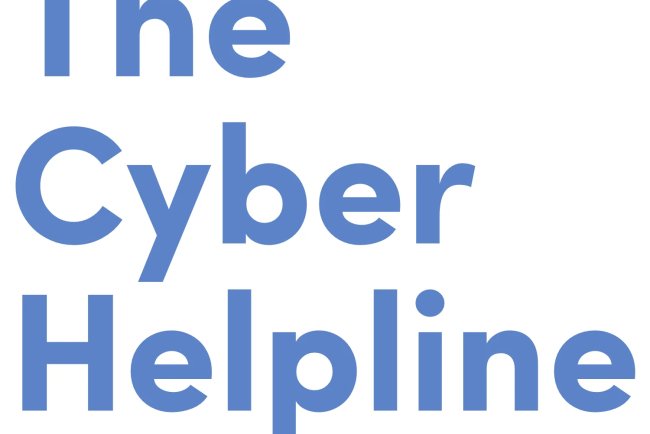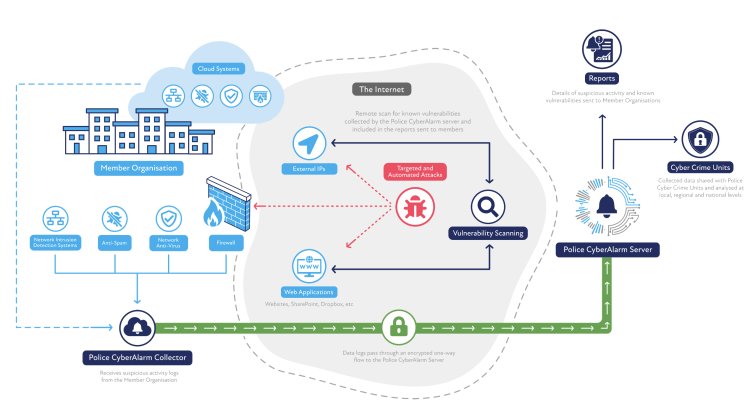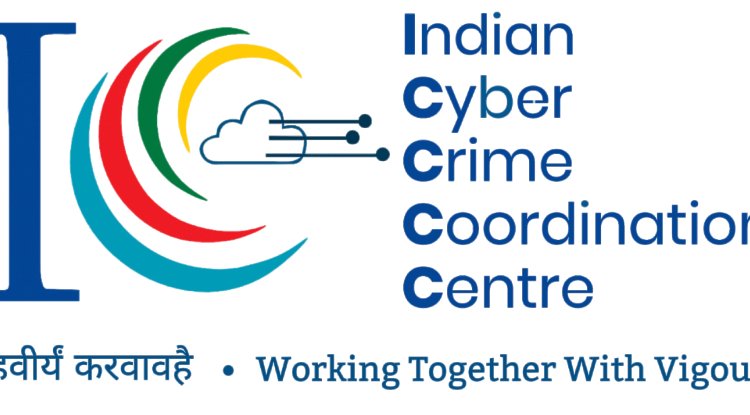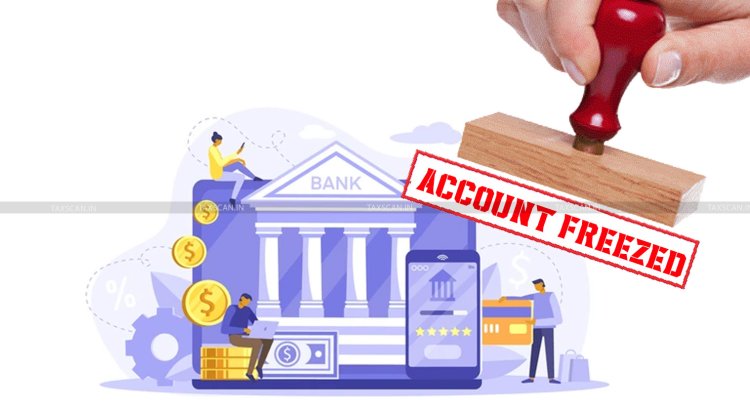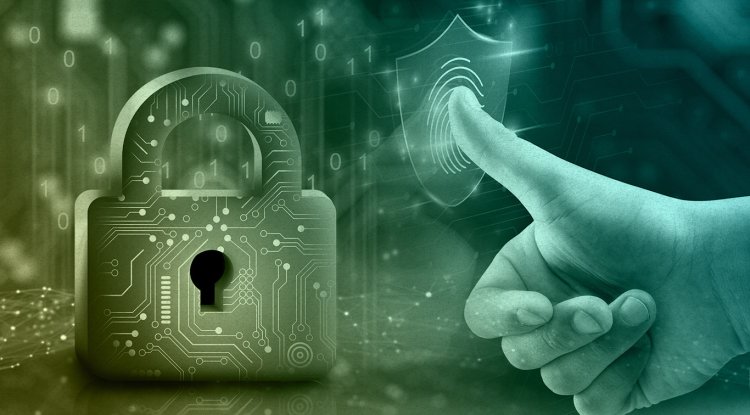Goa Goes Smart: India’s First Cloud-Powered Cyber Helpline to Combat Digital Crime
Goa Police take a major digital leap with a cloud-based cyber helpline, merging technology with transparency to redefine smart policing in India. Learn how cloud tech is driving faster, safer, and smarter responses to cybercrime.
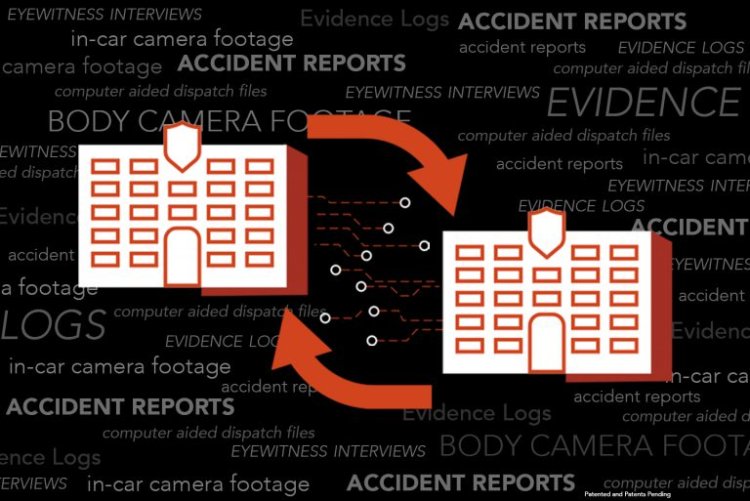
In an era where digital life is inseparable from real life, cybercrimes are rising in both complexity and frequency. Traditional helpline systems are often unable to cope with volume, geographical spread, and speed of response needed. To tackle this, Goa is pioneering a cloud-based cyber helpline, aiming to integrate smarter, faster, and more responsive policing in the state.
This initiative is a strong signal that law enforcement is adapting to the digital age — merging cloud infrastructure with cyber vigilance to deliver what we might call smart policing.
What’s Happening in Goa
- The Goa Police has upgraded its existing 1930 Cyber Crime Helpline to a cloud-based call centre.
- A new mobile app launched alongside offers features like real-time audio-visual communication, police updates, traffic alerts, and tenant verification via Aadhaar, PAN, driving license checks, etc.
- The move aims to make policing more transparent, efficient, and technology-driven — in alignment with the “SMART policing” vision: Strict & Sensitive, Modern & Mobile, Alert & Accountable, Reliable & Responsive, Tech-savvy & Trained.
- Together, these developments position Goa as a forerunner in blending cloud tech with policing to improve citizen safety and trust.
Why a Cloud-Based Helpline?
Cloud infrastructure brings several advantages that traditional on-premises setups struggle with. Here’s how it empowers smart policing:
|
Challenge |
Cloud-based Helpline Advantage |
|
Scalability & flexibility |
The helpline can scale up to handle surges in calls or complaints without hardware constraints. |
|
Accessibility & interconnectivity |
Data and reports are accessible across locations and police units, enhancing coordination. |
|
Faster response & routing |
Calls, data, and patches can be routed dynamically, ensuring faster connection to the right desk. |
|
Cost efficiency |
Maintaining infrastructure in the cloud often reduces costs for hardware, wiring, and maintenance. |
|
Resilience & redundancy |
Cloud systems are more reliable (failover, backups) so service downtime is minimised. |
|
Real-time analytics & insights |
Instant data processing can detect trends, anomalies, or spikes, helping to inform proactive policing. |
These are not theoretical benefits: in other regions, cloud solutions have enabled law enforcement agencies to share video, evidence, and intelligence across departments quickly.
Smart Policing & the Role of Data & AI
A cloud-based helpline is just one part of the puzzle. To realise smart policing, data and artificial intelligence (AI) must also be leveraged:
- Predictive policing: Using historical and real-time data to forecast where cyber fraud or attacks might spike, and deploying resources accordingly. Cybit
- Pattern detection: If many complaints signal a similar modus operandi (e.g. phishing from a certain domain), alerts can be raised automatically.
- Integrated databases: Cloud architecture allows linking cyber complaints with law enforcement, forensic units, financial crime units, etc.
- Dashboard & visualisation tools: Intelligence officers can monitor trends, hotspots, and performance in near real time.
- Feedback loops: Citizen reports feed into AI models, improving detection and prevention over time.
Thus, the helpline becomes an active node in a feedback-driven policing ecosystem — not just a channel for complaints.
Challenges & Considerations
While promising, such systems need careful design to succeed. Key risks and considerations:
- Data Privacy & Security
Handling sensitive personal data and cybercrime evidence requires high-level encryption, access controls, and audit trails. Mismanagement could erode public trust. - Digital Divide & Accessibility
Not everyone is tech-literate or has reliable internet access. A cloud helpline should support multiple channels (call, chat, app) to be inclusive. - Inter-agency Integration & Silos
Ensuring cooperation between police, cybercrime units, financial regulators, and judicial bodies is crucial. Otherwise, data may sit in silos. - Sustainability & Funding
Cloud services incur ongoing costs (compute, storage, network). A long-term budget and support plan is necessary. - Human Oversight & Ethics
AI or automation can assist, but decisions (e.g. validating a complaint, launching an investigation) need human oversight to avoid bias or misclassification. - Legacy Systems & Infrastructure Gaps
Some police stations or rural units may have limited IT infrastructure; bridging this gap is essential for full coverage.
What This Means for Citizens
For the people of Goa (and eventually other states), this initiative could offer:
- Simpler, unified reporting: Instead of dialling different numbers or visiting stations, victims can report cybercrimes centrally via the 1930 cloud helpline.
- Faster responses: Reduced delays in routing and handling can help victims contain damage (e.g. freeze accounts, block access).
- Transparency & tracking: Citizens might track the status of their complaint, get status updates, or escalate issues.
- Awareness & prevention: Alerts, advisories, and educational content can be pushed proactively based on trending threats.
Toward the Future: Scaling & Replication
Goa’s effort can serve as a model for other states. Some possible future steps:
- Expand the helpline’s functionality (e.g. multi-lingual support, chatbots, video calls).
- Integrate with national cybercrime platforms (like NCRP / 1930 helpline).
- Link with financial institutions, telecom, and social media firms so that actionable blocking or takedowns can be faster.
- Use anonymised data to publish trends and build public trust.
- Periodic audits and public oversight to ensure accountability.
Conclusion
Goa’s step to upgrade the cybercrime helpline into a cloud-based call centre is more than a technical upgrade — it represents a shift toward responsive, data-driven, and citizen-centric policing.
What's Your Reaction?







